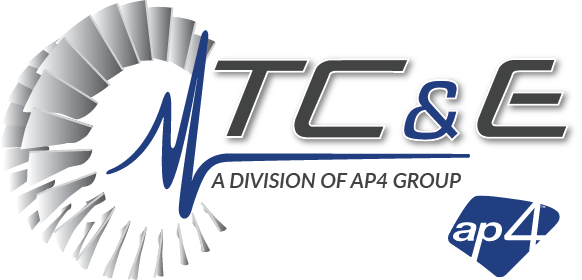Most LCI static start systems were first installed over 20 years ago. As a result, we are seeing more and more startup failures, resulting in significant production downtime, which can cost businesses and plants an exorbitant amount of time and money.
However, the good news is there are upgrade solutions to ensure your plant’s equipment is running and operating efficiently. But what does the timeline for a typical LCI static start system upgrade look like? How long will your plant be down while your equipment is being upgraded?
In this blog, we will take a look at the typical upgrade timeline for LCI static start upgrades, what the typical downtime looks like, and what is included in your upgrade.
The 3 Execution Phases
The LCI static start upgrade execution process is divided into three phases: pre-outage tasks, outage tasks, and post-outage tasks.
Here is what we do in each phase:
Day #1: Pre-outage Tasks
Of course, the equipment is still running while pre-outage tasks are being performed. Pre-outage tasks typically include performing an initial assessment of performance, detecting any issues, speaking with the local operator, and performing an infrared hotspot analysis. All of these tasks typically take one to two days.
Day #2: Outage Tasks
Then we get to the outage tasks. While performing these tasks, the LCI is taken out of service. Then, the lockout and tag-out procedures are performed, as per safety rules and regulations. At this point, the switch gear and transformer are cleaned. Then, we do a visual inspection and the existing control.
So, primarily we’re working on the control side of the cabinet. We remove all the existing controls, the PLCs, and all the wiring and cable combination. This is all done under our supervision, and takes approximately two to three days.
Of course, this can be shortened depending on how long folks are willing to work. This typically involves at least five to seven 12-hour shifts until we can get the LCI drive back in service.
Day #3: Post-outage Tasks
Finally, we do several post-outage checks. We evaluate the system performance, complete the documentation, and then train the local site operators on how to operate the new LCI drive.
What Do LCI Static Start Upgrades Include?
So, what is included in LCI static start upgrades? You receive a kit that weighs roughly 200 pounds in a box or two. This includes the hinge-mounted bracket and the new control board to replace the old innovation VME rack. It also provides you with ethernet connectivity.
Of course, we understand that many of these plants—in fact, all of the plants in the United States—are regulated when it comes to network connectivity in terms of national security. So, it still gives you the option to communicate locally to the LCI. So, this is a feature that is included in this.
It also provides the fiber optic interface hardware to the existing LCI thyristor gating system. So, as we mentioned, we do retain a number of components, especially on the power conversion section of this particular equipment, such as the following:
- new power supplies
- I/O processing board
- interface cables
- color touchscreen operator panel
- conductivity sensors
- temperature monitors (for water-cooled systems)
- firmware and electronic documentation
- factory engineering and commissioning support through TC&E
In summary, with ab LCI upgrade there are no obsolete components. As we mentioned at the beginning of this article, most LCI static start systems are approaching almost 20 years old since they were first installed. Therefore, with a TMEiC upgrade, there aren’t any obsolete components nor is there a need for periodic nulling of voltage offsets. The new LCI drive is also made of iron, copper, and steel, so you know it won’t become obsolete.
Additionally, the operator panel is in the compartment door itself, so it really empowers you to troubleshoot service and monitor the drive through the TM drive navigator whether you are local or remote.
Quick, Efficient, and Cost-Effective LCI Static Start Upgrade Solutions
The main reasons why we can turn around and perform upgrades so quickly and commission the drives are because we have self-test capabilities and diagnostics. And the good news is that this is a fraction of the cost of a new static starter.
Want to learn more about LCI static start upgrade solutions? Contact us today.
 Watch Our Webinar & Videos
Watch Our Webinar & Videos